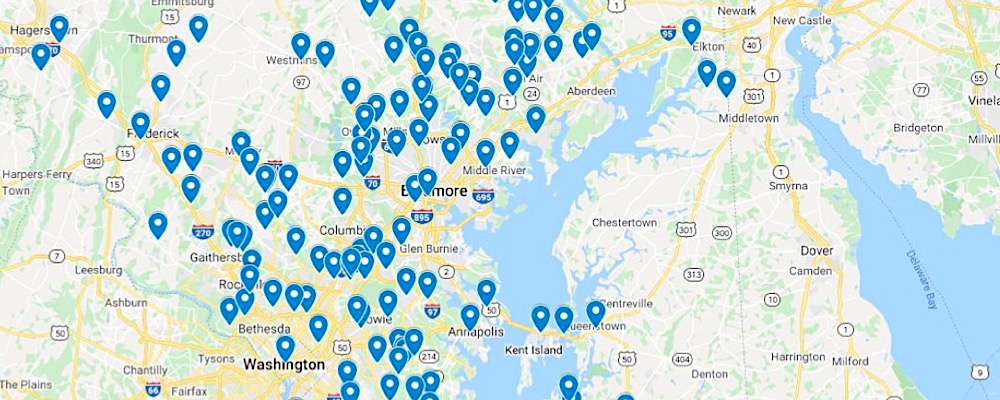The temporary, non-immigrant H-2B guest-worker program provides a substantial, positive economic impact to the communities where use of the program is high. The H-2B workers support the jobs of the full-time, year-round American worker supervisors, administrative staff, management and mechanics at the H-2B using companies. The jobs of American workers at the suppliers and equipment manufacturers that provide to the primary H-2B using industries are also dependent on a sufficient number of H-2B visas. When there is a shortage of H-2B visas, suppliers and equipment manufacturers see a substantial decline in their sales to the companies denied access to the program. Two examples:
- In 2019, Bobcat of St. Louis experienced a significant number of cancelled sales contracts due to the H-2B cap. This cost Bobcat of St. Louis over $400,000 in lost sales and service business.
- Briggs and Stratton is the world’s largest producer of small air-cooled gasoline engines for outdoor power equipment. 85% of their products are produced in the United States. In 2017 they decided to move the production of their Vanguard commercial V-twin engines from Japan to Auburn, Alabama, creating an additional 50 good paying manufacturing jobs. Unfortunately their lawn care equipment sales have been hampered by the insufficient number of H-2B visas. They would like to continue to expand their American manufacturing facilities and to hire additional American workers. This would be positively impacted by expanding the H-2B program!
In 2018, Dr. Stephen Bronars, Ph.D., University of Chicago, studied the effect of the H-2B program on the Pennsylvania landscape industry. He concluded that:
- Each H-2B worker supports the jobs of 3.2 American workers;
- Companies denied access to the program, due to the insufficient number of visas, would experience a decline in revenue of $53,500 per denied H-2B worker;
- Total decline in gross output to the state of Pennsylvania of $353.7 million
We extrapolated the data from Dr. Bronars’ study to show the economic impact of the H-2B program on all fifty states and numerous Congressional districts. We hope that Members of Congress and their staffs will find it helpful to see the economic impact quantified. The numbers are rough but they provide a reasonable estimate of the economic impact to reach state/district.

